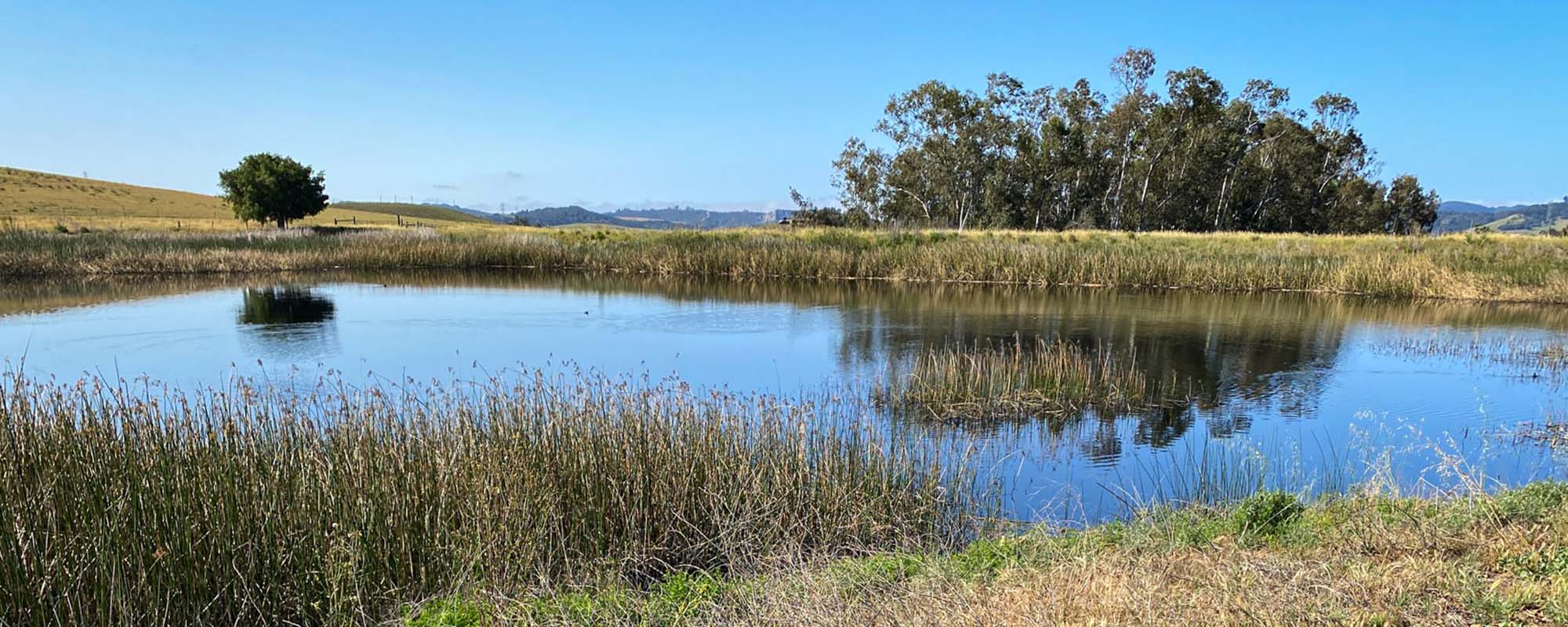California Water Rights Series: Episode 2
The Sustainable Groundwater Mitigation Act: What it is, Where it falls short, and How we can improve it
Sustainability is an essential part of life. We want all of our resources—energy, food, water, and finances—to be renewable and manageable. That was the primary goal of California’s Sustainable Groundwater Management Act (SGMA). However, we’re now learning that SGMA works better for some parts of the State than others.
Recent economic reports from agriculture watchdog groups show that SGMA, as it stands, is disproportionately affecting regions that rely on groundwater. Decreases in land value, revenue, jobs and wages are wreaking havoc on farmers, ranchers, and disadvantaged communities.
Here is a breakdown of SGMA, its weaknesses, and how it can be strengthened.
What is the Sustainable Groundwater Mitigation Act?
Passed in 2014, the Sustainable Groundwater Management Act (SGMA) created a statewide framework to help protect California's precious groundwater resources over the long-term. The ultimate goal of SGMA is to effectively manage and preserve groundwater resources on a local level. It requires local governments to form groundwater sustainability agencies for high- and medium- priority basins.
The agencies then develop and implement groundwater sustainability plans to preserve water resources and mitigate overdraft over a 20-year period. The plans are evaluated and assessed by the California Department of Water Resources, which provides the agencies with administrative and financial assistance.
Where does SGMA fall short?
The biggest shortcoming of SGMA was the lack of appropriate economic impact assessments prior to enacting the legislation. As a result, over the last eight years, farmers and ranchers have seen significant decreases to land value, revenue, jobs and wages.
Land devaluation
Years after its passing, SGMA is still causing significant economic challenges in our state, especially when it comes to land value. According to an article by Western Farm Press, the implementation of SGMA is creating a significant gap between the "water haves and have-nots."
A report from the California Chapter of the American Association of Farm Managers and Rural Appraisers reveals a land value chasm between regions with two sources of irrigation water and those with well access challenged by declining water tables and subsidence. This is exacerbated by the state’s ongoing severe drought.
Decreased revenue, jobs and wages
Water regulation isn’t just affecting land value. A 2020 study conducted by the San Joaquin Valley Water Blueprint found that up to 1 million acres of farmland will be fallowed over the next 20 years as basins come into compliance. That is one-fifth of all acres under cultivation in the San Joaquin Valley.
As a result:
$7.2 billion in farm revenue will be lost every year.
Direct jobs losses will be about 42,000.
Losses to salaries and wages will add up to $2 billion every year.
Specialty crops
The San Joaquin Valley Water Blueprint also found that SGMA will affect specialty crop income—specifically tree nuts—most adversely and will negatively affect disadvantaged communities first and foremost.
Tree nuts, tree fruits, and vegetables are experiencing the largest declines in operating income, and together account for nearly 90 percent of the total direct loss in operating income. These losses include decreased employment and the strain put on low-income households that reduce spending as a result.
How we can make SGMA better for everyone
As SGMA continues to be enacted in the coming years, it's essential that more economic impact reports are conducted. The extensive data gathered through these reports will ensure that public policy is changed to address economic turmoil while also preserving our natural groundwater resources in a more sustainable manner.
We must balance the needs of farmers, ranchers, and disadvantaged communities with the need to preserve our groundwater, especially in the wake of California's ongoing drought.
Closing
Whether we want it or not, SGMA is here to stay, giving state and local government agencies the ability to regulate groundwater in a manner no California government agency has had prior to SGMA’s passage. In upcoming posts, we will discuss in more detail the history of California groundwater law, the rationale behind the passage of SGMA, and the importance of cooperation between urban and agricultural users of ground water.
STAY TUNED!
Sources:
https://water.ca.gov/programs/groundwater-management/sgma-groundwater-management
https://water.ca.gov/programs/groundwater-management/sgma-groundwater-management
https://www.watereducation.org/aquapedia/sacramento-san-joaquin-delta-water-distribution

